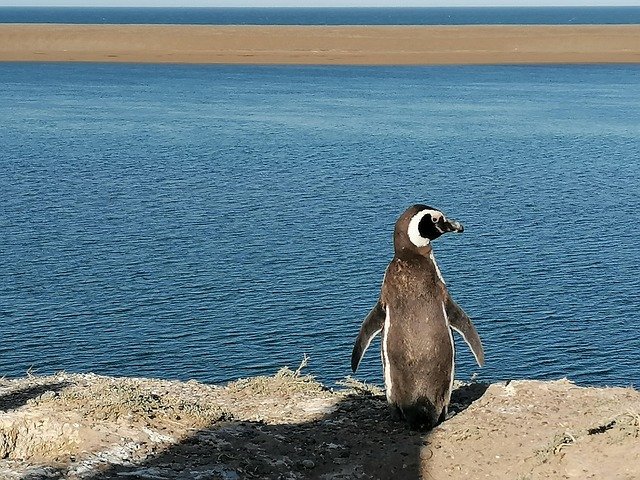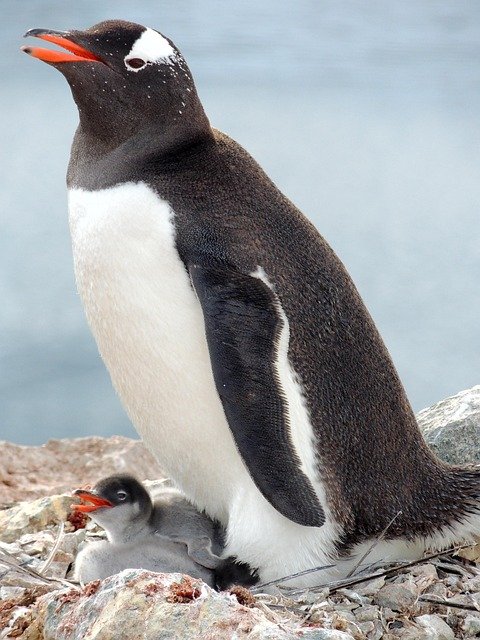**Title: "The Extraordinary Adaptations of Penguins: Nature's Flightless Marvels"** In

The Extraordinary Adaptations of Penguins: Nature's Flightless Marvels
Penguins are some of the most fascinating creatures on our planet. While they may not soar through the skies like their avian relatives, these flightless birds have developed a remarkable suite of adaptations that enable them to thrive in some of the harshest environments on Earth. Let's dive into the extraordinary adaptations that make penguins true marvels of nature.
1. Streamlined Bodies
Penguins possess a unique body shape that is perfectly adapted for life in the water. Their torpedo-like bodies reduce drag, allowing them to swim with remarkable speed and agility. This streamlined form helps them evade predators and catch prey, making them efficient hunters in their icy habitats.
2. Flippers for Swimming
Unlike most birds, penguins have evolved flippers instead of wings. These flippers are powerful and rigid, allowing penguins to "fly" through water with incredible grace. The strong muscles and specialized bones in their flippers enable them to dive to great depths in search of fish and other marine life.
3. Insulating Feathers
Penguins are equipped with a dense layer of waterproof feathers that provide insulation against the cold. Each feather is coated with a natural oil that repels water, keeping the penguins dry and warm even in freezing temperatures. This adaptation is crucial for their survival in the frigid environments they inhabit.
4. Unique Social Structures
Penguins are highly social animals, often forming large colonies that can number in the thousands. Their social structures are complex, and they engage in various vocalizations and displays to communicate with one another. This social behavior is essential for breeding, raising young, and protecting against predators.
5. Exceptional Diving Abilities
Many penguin species are accomplished divers, capable of reaching depths of over 500 meters (1,640 feet) and holding their breath for more than 20 minutes. Their adaptations include specialized lungs that can collapse to reduce buoyancy and a highly efficient circulatory system that directs blood flow to vital organs during dives.
6. Parental Care
Penguins exhibit remarkable parental care, with both males and females taking turns incubating eggs and feeding their chicks. Some species, like the Emperor Penguin, endure extreme conditions during breeding, with males fasting for weeks while they keep the eggs warm. This dedication ensures the survival of their offspring in a challenging environment.
7. Coloration and Camouflage
Penguins have a distinctive black and white coloration that serves as camouflage while swimming. Their dark backs blend with the ocean depths when viewed from above, while their white bellies match the bright surface when seen from below. This countershading helps protect them from predators like seals and orcas.
Conclusion
Penguins are a testament to the incredible power of evolution and adaptation. Their flightless nature does not diminish their prowess; instead, it highlights their unique adaptations that allow them to thrive in some of the most extreme environments on Earth. As we continue to study and appreciate these remarkable birds, we gain valuable insights into the resilience of life in the face of adversity.
Whether waddling on land or gliding through the water, penguins truly are nature's flightless marvels.
